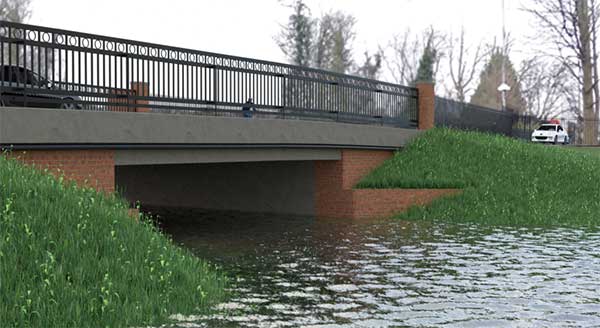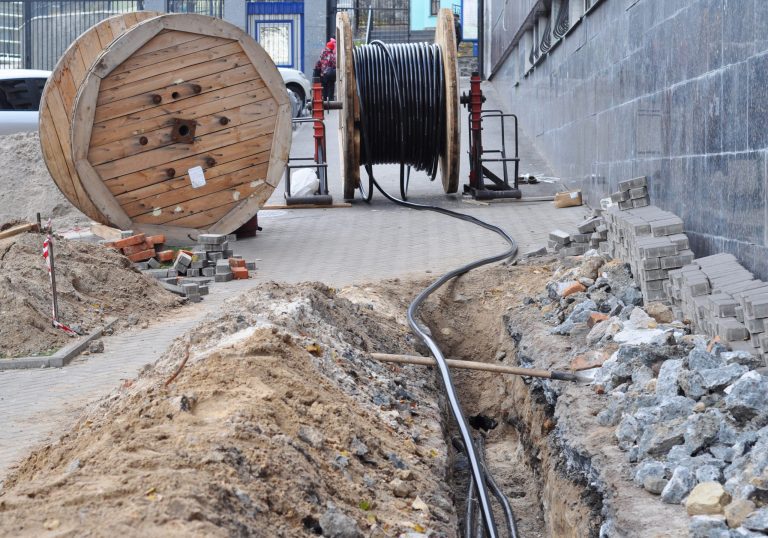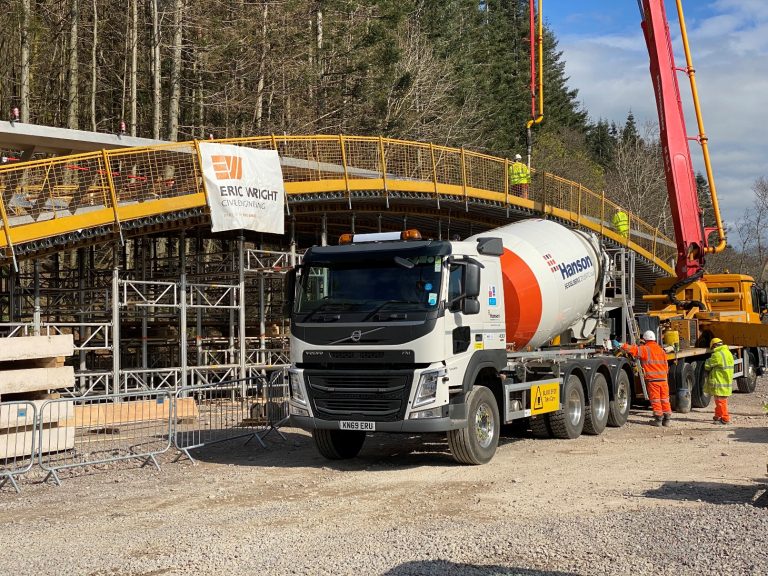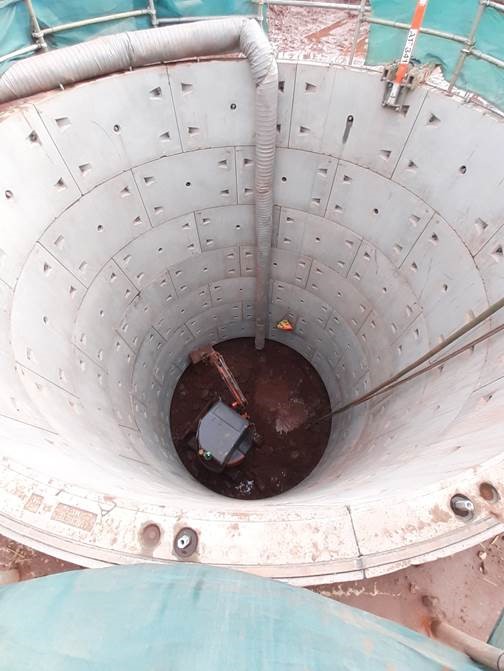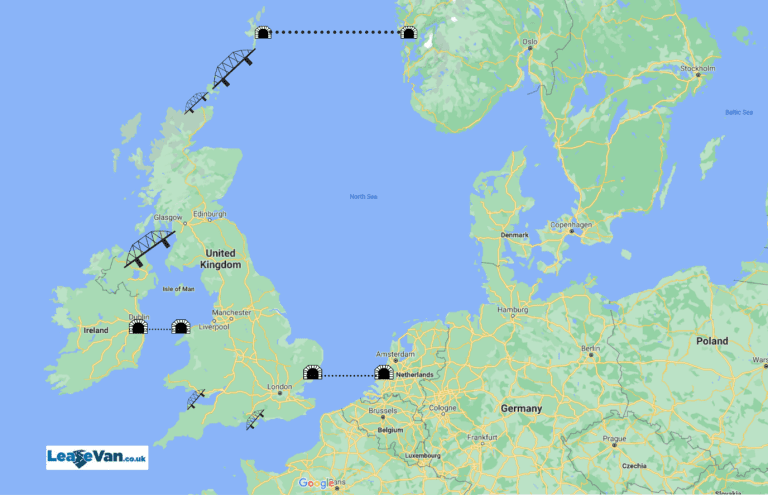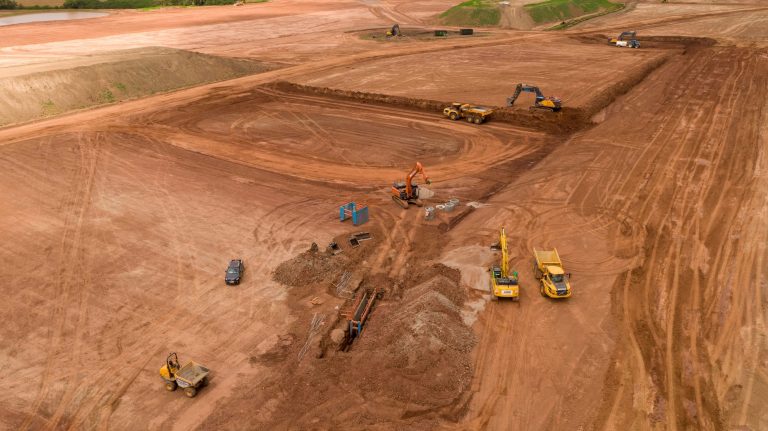In anticipation of the arrival of its disruptive and unique, long-teach telescopic leader rig, the TM 20 LR, the UK’s leading specialist sheet piling expert, Sheet Piling (UK) Ltd, is whetting the appetite of various Tier-1 construction and engineering contractors, by issuing an in-depth explanatory animated video of the rig that is set to revolutionise their project methodologies. The 5-minute instructive video demonstrates just how much of a game-changer the new telescopic leader rig will be, with its capabilities being even more impressive than Sheet Piling UK’s 2018 long-reach telescopic leader rig, the TM 12/15 LR, itself peerless in terms of its functionality. The animated video explains how the massive success of the TM 12/15 LR, and its own clear advantages over any other leader rig in the market, have paved the way for the TM 20 LR. This is another rig manufactured exclusively for Sheet Piling UK, by the world’s leading rig manufacturer, ABI Group, as the sheet piling specialist continues its mission to deliver innovative and best-value solutions for its construction and civil engineering clients. The animated video homes in on four core sectors in which the TM 20 LR is set to eclipse rigs using traditional methodologies and deliver significant programme and cost benefits – rail infrastructure, ports and harbours, road infrastructure and commercial and residential construction. Within each, the TM 20 LR promises to remove any need for enabling works or the creation of temporary structures built solely to facilitate sheet pile-driving. The TM 20 LR builds on the unique facets of the TM 12/15 LR, extending that rig’s benefits still further and including various enhancements. This ‘big daddy’ of telescopic leader rigs boasts the same 8.1m horizontal reach, from the centre of the machine to the pile line but has a maximum driven or extracted pile length of 20 metres, rather than 16 metres. The maximum below-platform driving depth is 3.4m and the rig comes with a powerful MRZV-30VV, variable moment, variable frequency vibratory hammer, with hydraulic rapid-charging docking station. A heavy-duty, hydraulically extendable undercarriage has a unique infrastructure mode that enables the machine to operate to a reduced footprint in restricted areas. 900mm-wide trackpads reduce ground-bearing pressure and additional vertically stacked counterweights enhance its stability. Its Euro Stage-V engine is fully environmentally compliant, whilst a state-of-the-art Sennebogen and F-series base carrier, has a bespoke boom hinge, for long-reach capability. When operating in long-reach mode, the TM 20 has a maximum load capacity of ten tons and a maximum crowd and extraction force of 180 kN. Sheet Piling (UK) Ltd’s managing director, Andrew Cotton, says: “This extraordinary sheet piling rig will further the revolution begun by our unique TM 12/15 LR rig and become the most talked-about piece of equipment in the sector. At a time when public spending in some areas needs to be restrained, to recoup some of the money borrowed to cope with the coronavirus pandemic, but when infrastructure and construction projects need to simultaneously be rolled out quickly, this telescopic leader rig is the solution all Tier-1 contractors should be turning to. “We have no hesitation in saying that the TM 20 will revolutionise thousands of projects, whether we are talking about smart motorways, HS2 projects, renovations to Victorian port and harbour quays or domestic and commercial building programmes striving to meet Government targets. “Furthermore, for those construction and engineering companies under financial pressures, this rig brings welcome and extensive cost savings, also slashing the time required to complete sheet piling project stages. It is no exaggeration to call our unique rig a game-changer, in every sense of the word. We cannot wait to unveil it in August.”
